Protecting Lives in the Supply Chain.
Despite industry and government efforts, dangerous cargo that has not been declared, or that has been incorrectly declared or labelled, continues to cause fires and explosions, hurting and killing vessel crew and transportation staff.
In response to this continued safety challenge we are now developing the Cargo Safety Program, a shared industry process for cargo screening and inspections, to strengthen cargo safety standards and protect the lives of the people working in the supply chain, the environment, and the integrity of the global supply network.
About the Cargo Safety Program
The Cargo Safety Program will rely on a digital solution provided and operated by an independent third-party vendor.
The solution will be made up of:
a Common Screening Tool
a Verified Shipper Database
a Database of Approved Container Inspection Companies
The core functionality of the system will be to screen booking information against a comprehensive keyword library and risk algorithm. High-risk bookings will be flagged for further investigation and/or inspection, and lessons learned through experience will be used to continuously improve the screening tool.
The emphasis is on identifying and correcting dangerous conditions before containers with dangerous cargoes are introduced into the supply chain.
National Cargo Bureau (NCB) has been selected as the independent provider for the Cargo Safety Program digital platform.
NCB is a non-profit organization and leader in delivering safety initiatives and services to the maritime industry. Its software, Hazcheck, used for the detection, inspection, and validation of dangerous goods, is well-established in ensuring the safe and compliant transportation of cargo.
The WSC Cargo Safety Program solution will be an evolution of that platform building on Hazcheck Detect, a proven cargo screening tool currently processing over 10 million bookings per month. The system emphasizes the importance of standardization and a unified approach to cargo screening and inspection, including a feedback loop for inspection results, ensuring that safety procedures are consistent and comprehensive.
“A common industry approach to cargo safety will create a safer working environment not only for ship crews, but for everyone involved in inland transport or working in ports and terminals, as well as for the communities around us.
For shippers, it will make ocean transport more efficient and dependable, by stopping dangerous shipments that can disrupt the supply chain,”
— John Butler, President & CEO of the WSC
The last decade has seen an increase in incidents involving dangerous goods transport, with a worrying number involving casualties and total losses. The 2023 Allianz Safety and Shipping Review reported that there have been over 64 reported fires on containerships alone over the past five years.
In 2022, the total number of reported shipping casualties or incidents increased, with incidents caused by fire increasing by more than 17% compared to the previous year.
Allianz reports that “The cause of many cargo fires can be attributed to mis-declared dangerous goods, such as chemicals, batteries and charcoal. Failure to properly declare, document and pack hazardous cargo can result in containers stowed incorrectly or hampering of firefighting efforts.”
Fires on Containerships are increasing


